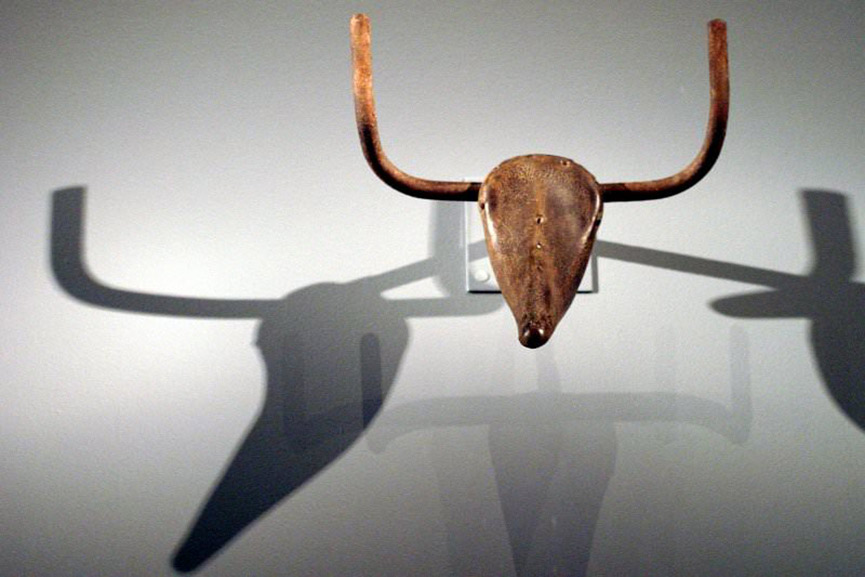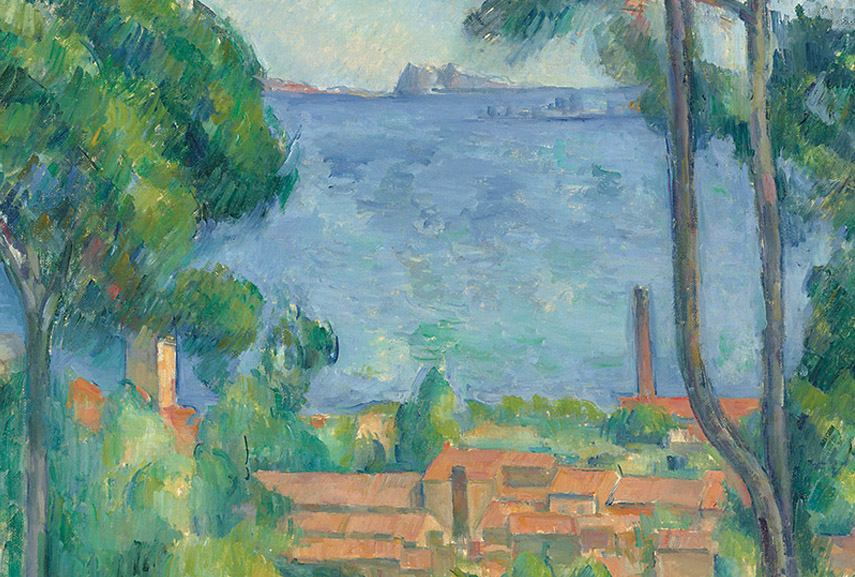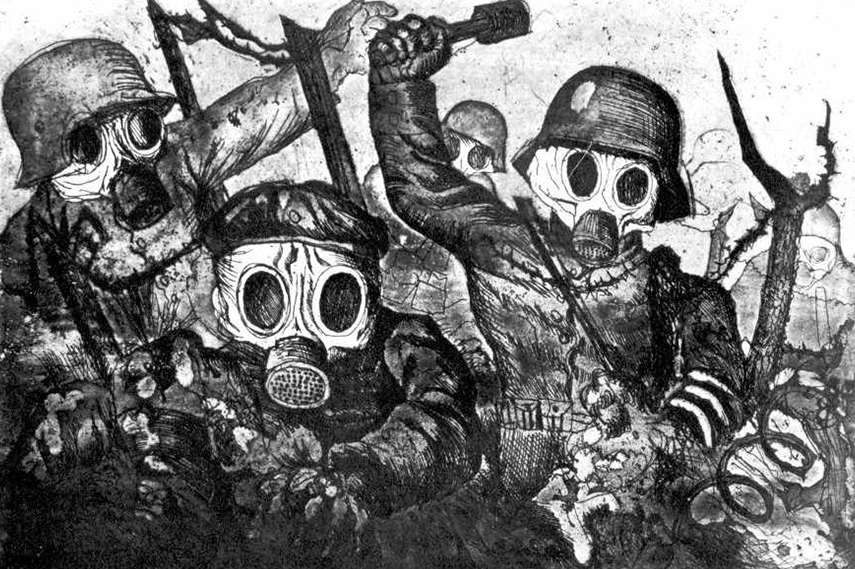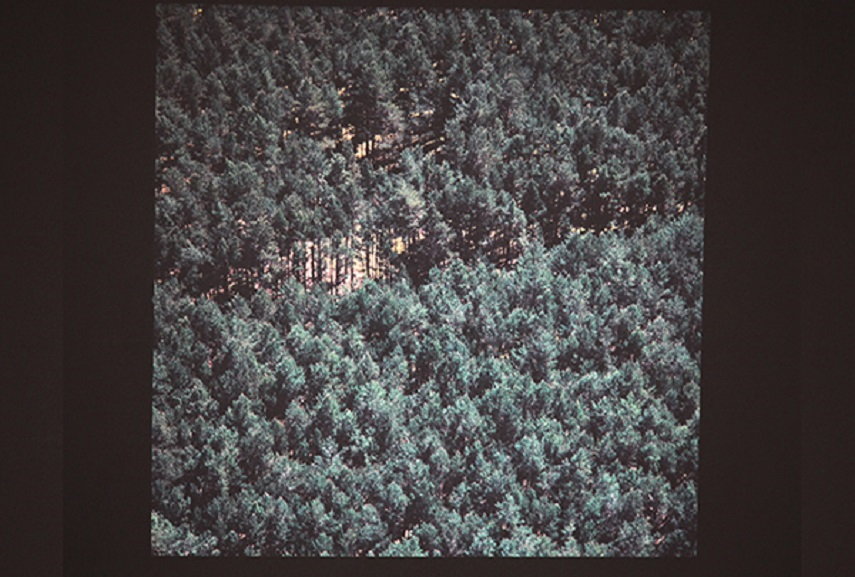What Conditions Can Affect Perceptiona Nd Creation of Art
Perception in fine art stands for a complex relation betwixt visual stimuli and a personal understanding of them. It is a theoretical postulate that aims to analyze the relation between artworks and individual opinions and evaluations. Far from being a universally established matrix of agreement fine art, perception is conditioned by a context from which observation and evaluation are made. Instead of general models of understanding, it is conditioned by numerous factors, including political, social, cultural, gender and racial. It affects how we run across art and what meanings nosotros attribute to information technology, but is also an active cistron in creative creation. It would be hard to make assertions almost the meaning of art without the previously established notions of value that come from multifaceted perceptual conditionings. The views of both an artist and an observer contribute to the understanding of fine art, and the first is not distinguished in its importance from the second.
Equally seen from numerous historical examples perception affects the meaning nosotros attribute to art, and often such understandings change over the course of fourth dimension. Some universal postulates may persist, simply nearly of them are dependent on the particular social mores of a given fourth dimension. Perception and our opinions are closely linked. Turning to fine art, we can come across that throughout history evaluation of artistic styles changed over the course of time, which contributes to the above assertion of a connection betwixt our opinions and perception of fine art.

A Take on Perception with Maurice Merleau-Ponty
In 1945 Maurice Merleau-Ponty published Phenomenology of Perception which put him on the map of mod phenomenologists, together with Edmund Husserl, Eugen Fink, and Martin Heidegger. He adult his own interpretation of phenomenology's method, based in Gestalt theory, psychology, neurology, and the critique of prejudices of empiricism and intellectualism. For Merleau-Ponty indeterminate and contextual aspects of the living reality cannot exist removed from the whole business relationship of the sensory. Sensing is a "living communication with the globe that makes information technology present to us as the familiar place of our life."[i] Nosotros invest the perceived reality with values and understandings that refer essentially to our lives and bodies, but we ofttimes forget that this reality is as it appears to these perceived values and that information technology is not a truth in itself. Moving on to include artistic practices in his discussion, Merleau-Ponty turns to expression as the perceptual exchange between an organism and its surroundings. Perception has creative and expressive dimension that is manifested in art, and paintings are manifestations of expressivity of a perceptual mode into a more than malleable medium.
Merleau-Ponty - The Earth of Perception and the World of Science
Art Styles - A Coherent Deformation
In explaining the development of artistic styles in relation to perception Merleau-Ponty resorts to a language of progress and historical development that establishes the historical trajectory of art every bit a systematic development starting with our views and understandings, where artist's subjective preferences have no issue. Perception in art, as we mentioned in the introduction, is conditioned by both the observer's and the creative person'due south situatedness. Art styles had adult from a willed decision of an artist that casts his inspiration in visual form inside historical trajectories, and come as a coherent deformation in inherited traditions. In art, meanings acquired from perception are full-bodied in visual expression, and style represents "an interpretation, an optional way of depicting the world." [ii] The unfinished character of modern painting, as Merleau-Ponty describes it, is not some kind of a turn from objective observation and depiction of the reality to a more subjective vision, but is rather a testimony to a "paradoxical logic of all expression."[3] Ii following cases from modern art explain in more detail the fickleness of perception.

Case No.1 - Paul Cézanne
Cézanne belongs to a group of artists who worked in France at the plough of the centuries and whose paintings were highly criticized past contemporaries. Together with Impressionists he marks the beginning of the new age in art where formal adherence to realistic representation is substituted with expressive renderings where line, form and color take primacy. In clash with Impressionists, Cézanne desired to develop an analytic style where reality would exist simplified and explained through basic shapes. In observing how the appreciation of his works changed over decades, from being rejected numerous times by the Paris Salon to being hailed today as the forerunners of modernistic fine art, we tin empathise the influence perception has on our views. Unaccustomed to run into the world simplified to basic forms in art, Cézanne's critics described his paintings as extremely ugly, while Camille Mauclair, an anti-modernist author, noted that "Cézanne never was able to create what can be chosen a picture."[four] However, Merleau-Ponty describes his works as a proto-phenomenological determination to represent the birth of perception through painting.[5]

Case No.2 – Degenerate Art
Perchance the virtually notorious example in the history of art is the exhibition staged in Munich in 1937, named Degenerate Art or Entartete Kunst. Its title came from a broader decision by the Nazi regime to classify artistic practices by their ideological appropriateness. The prove that toured several other cities in Frg ridiculed and derided modern art, and those who produced it faced severe consequences subsequently. Modern fine art was seen every bit un-German, Jewish or Communist, and in contrast to blood and soil ideology of the Nazi Party. Oto Dix, El Lissitzky, George Grosz, László Moholy-Nagy, Piet Mondrian, and Paul Klee were amidst the artists whose works were shown, and many fled the Germany in the aftermath or were stripped of their professorships and forced to alive in exile. Negative perception of their art by the ruling elites, blinded past ideological, racial, and nationalist prejudices, outlawed some of the nigh valued modern artists and art works, and afflicted cultural production in Deutschland that turned to idealized representations of the national that, likewise historical, take fiddling or no value today.

Perception in Fine art - Contemporary Moments
There is no difference in how art is perceived today and what factors affect our understanding of it. Our views are even so formed past complex influences, and perception is not divested from them. We could make numerous examples from contemporary fine art proving that perception is far from existence rendered objective or unaffected past our personal standings. Graffiti and street art could serve every bit a proficient example. Instead of being observed as some other art form, graffiti, which however today provoke mixed responses, were in the beginning synonymous with a decaying urban environment, and urgency from the officials to eradicate them came from a need to bring order in a cluttered social reality.[half-dozen] Another example that testifies to complexities inherent in perceptual agreement is Susanne Kriemann's lxxx-piece slide project - 277569. This intriguing piece comprises of photographs showing a wooded expanse that is non specified. The number that stands for the title also gives out little a propos the content. As the artist explains, photos are taken from an archive, and correspond the area that was flown over 277,569 times during the Berlin Airlift in 1948/49. They are historical markers of the start of the Common cold War, only this information is buried for the observer below the numerous, almost bathetic forms of trees that are their main protagonists. Creative person'southward perception of these photos as a historical testimony, and the viewers' oftentimes uninformed guesses, position this artwork between the contrasting understandings which inform every practise of meaning making. Belonging to the domains of abstract photography and historical certificate, 277569 is a good example of how perception and social conditionings touch on our views of art.

Editors' Tip: Merleau-Ponty and the Fine art of Perception
This drove of essays brings together diverse but interrelated perspectives on art and perception based on the philosophy of Maurice Merleau-Ponty. Although Merleau-Ponty focused well-nigh exclusively on painting in his writings on aesthetics, this collection also considers poetry, literary works, theater, and relationships between art and science. In add-on to philosophers, the contributors include a painter, a photographer, a musicologist, and an architect. This widened telescopic offers important philosophical benefits, testing and providing evidence for the empirical applicability of Merleau-Ponty s aesthetic writings. The key argument is that for Merleau-Ponty the account of perception is also an account of art and vice versa. In the philosopher s writings, fine art and perception thus intertwine necessarily rather than contingently such that they tin can only exist distinguished by abstraction. As a issue, his business relationship of perception and his account of fine art are organic, interdependent, and dynamic.
References:
- Merleau-Ponty M., (2012), Phenomenology of Perception, p. 53.
- Merleau-Ponty M., Johnson Thou. A., Smith 1000.B., (1993), The Merleau-Ponty Aesthetics Reader: Philosophy and Painting, p.238.
- Toadvine T., Maurice Merleau-Ponty , plato.stanford.edu. [December five, 2016]
- Flam J., (2012), Bathers but not Beauties , artnews.com
- Merleau-Ponty M., (1945), Cezanne's Doubtfulness , powersofobservation.com [Dec 5, 2016]
- Ross J.I., (2016), Routledge Handbook of Graffiti and Street Art, p.408.
Featured images: Esther Stocker - Space Installation. Image via lodownmagazine.com; Graffiti Art.Images via Widewalls annal; Laszlo Moholy Nagy - Photogram. Epitome via Widewalls annal. All images used for illustrative purposes just.
watermancarme1953.blogspot.com
Source: https://www.widewalls.ch/magazine/perception-in-art
0 Response to "What Conditions Can Affect Perceptiona Nd Creation of Art"
Post a Comment